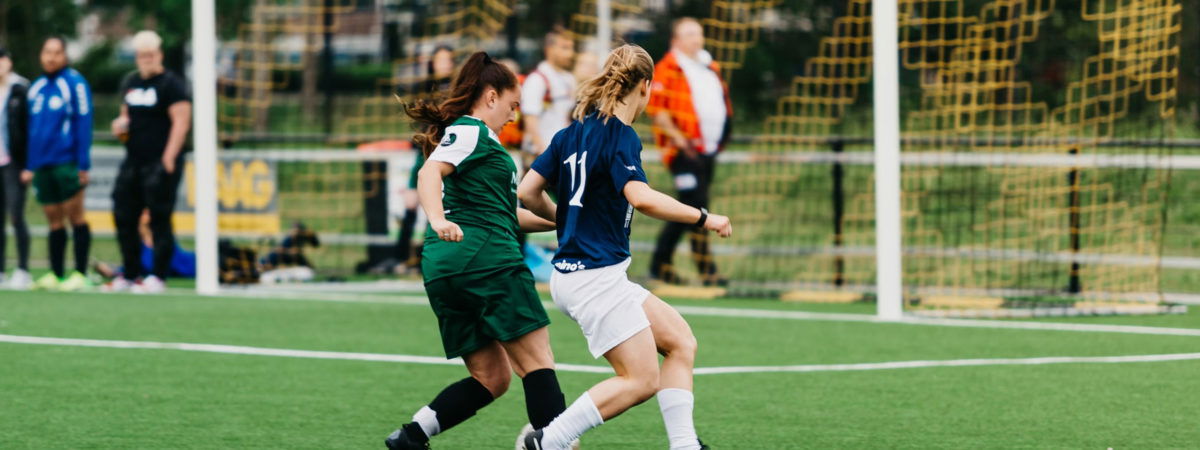Legal Rights Of Injured Student Athletes
April 25th, 2024

By Dean I Weitzman, Esq.
SHARE:
High School Football Injuries Can Be Life-Ending
Recently, a lot of media attention has focused on high school students who have been injured while playing football and other contact sports. Football players are particularly susceptible to suffering mild to severe brain injuries, as a result of the repeated hits they take during practice and games.
Across the country, several young athletes have died from these injuries. High school football players also are at risk of suffering serious and permanent injury. It is estimated that one out of every 10 high school football players suffers a concussion each year. But currently, no one knows the long-term effects of repeated concussions and head injuries in high school football players.
Repeated hits to the head, regardless of whether a person receives a concussion or falls unconscious, can result in permanent brain damage that manifests later in life. Studies conducted on former NFL players have shown that they have higher rates of developing neurological disorders like Alzheimer’s, dementia and chronic traumatic encephalopathy (CTE). Spouses of former pro-football players have reported personality changes, depression, irritability and aggression – all symptoms of brain injury.
Legal Remedies for Sports Injuries
In Pennsylvania, students who are injured while playing sports may be able to seek recovery for their injuries. Historically, this was not the case. State courts largely followed a legal doctrine known as assumption of the risk. Under this theory, a person who voluntarily assumes the risk of participating in a dangerous activity is not allowed to hold someone else accountable if he or she is injured. Participation in sports was a classic example of one of the types of voluntary dangerous activities that would be barred recovery.
Today assumption of the risk has largely fallen out of favor in Pennsylvania. Instead, the courts apply the comparative negligence rule to determine whether an injured athlete is entitled to any recovery for his or her injuries.
Under comparative negligence, an injured person is only denied recovery if he or she is found to be at least 51% at-fault for the injury. The amount a plaintiff is entitled to recover is decreased in proportion to the plaintiff’s percentage of fault. For example, if a plaintiff is found to be 30% at-fault for his injuries and the defendant is found to be 70% at-fault, then the amount of the plaintiff’s recovery will be decreased by 30%.
Comparative negligence rules are considered more equitable than assumption of the risk rules because they do not completely ban a plaintiff’s recovery. Instead the court considers each party’s role in the injury and assigns a level of fault to each before determining the final amount of recovery.
Injury Prevention is Key
Although the rule of comparative negligence is certainly better for injured people than the assumption of the risk doctrine, clearly the best option is avoiding injury entirely. This responsibility largely falls on our school systems, coaching staffs and parents.
A recent study released in the Journal of Athletic Training found that high school players are at greater risk than college players of suffering concussions and other brain injuries while playing football. The study showed that high school players experience greater acceleration forces to the head when they collide with other players and that these forces are inequitably distributed to the top of the players’ helmets.
The study concluded that improper technique is at least partially to blame for the higher risk of head injuries in high school players. Coaches should focus on teaching their players proper form when hitting other players. Among other things, they must teach players to keep their heads up and focus hits away from the top of the helmet.
Using proper safety equipment also is important. Athletes should have top-rated helmets and other protective gear available and should use this equipment at all times when they are playing.
Coaches may also want to consider scheduling fewer full-contact practices to cut back on the number of opportunities any one player has for receiving a head injury.
Lastly, it is vital that athletes who have suffered a concussion or have received multiple hits to the head take enough time away from the field to properly heal. This does not mean to simply wait until the symptoms are gone, but to make sure that the brain has healed from any injuries. Repeated blows to the head, regardless of how hard they are or if they result in a concussion, can cause brain damage and lead to the development of long-term problems.
 Skip to content
Skip to content